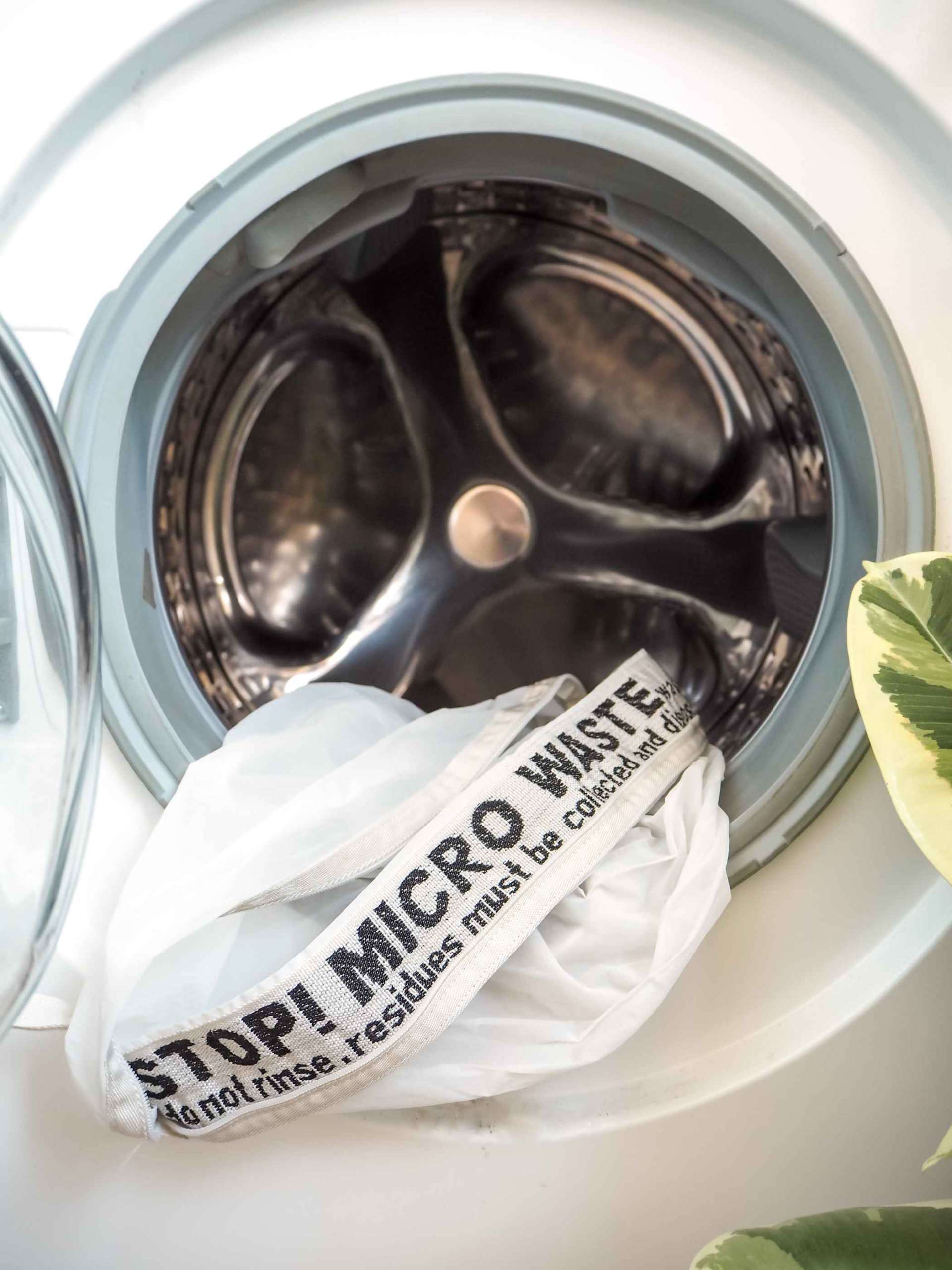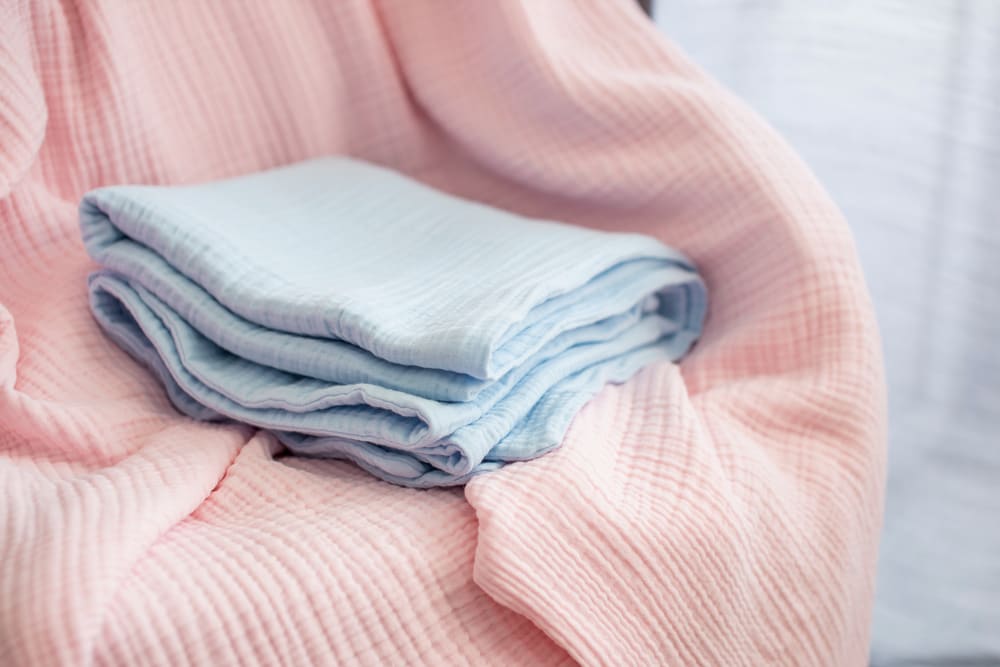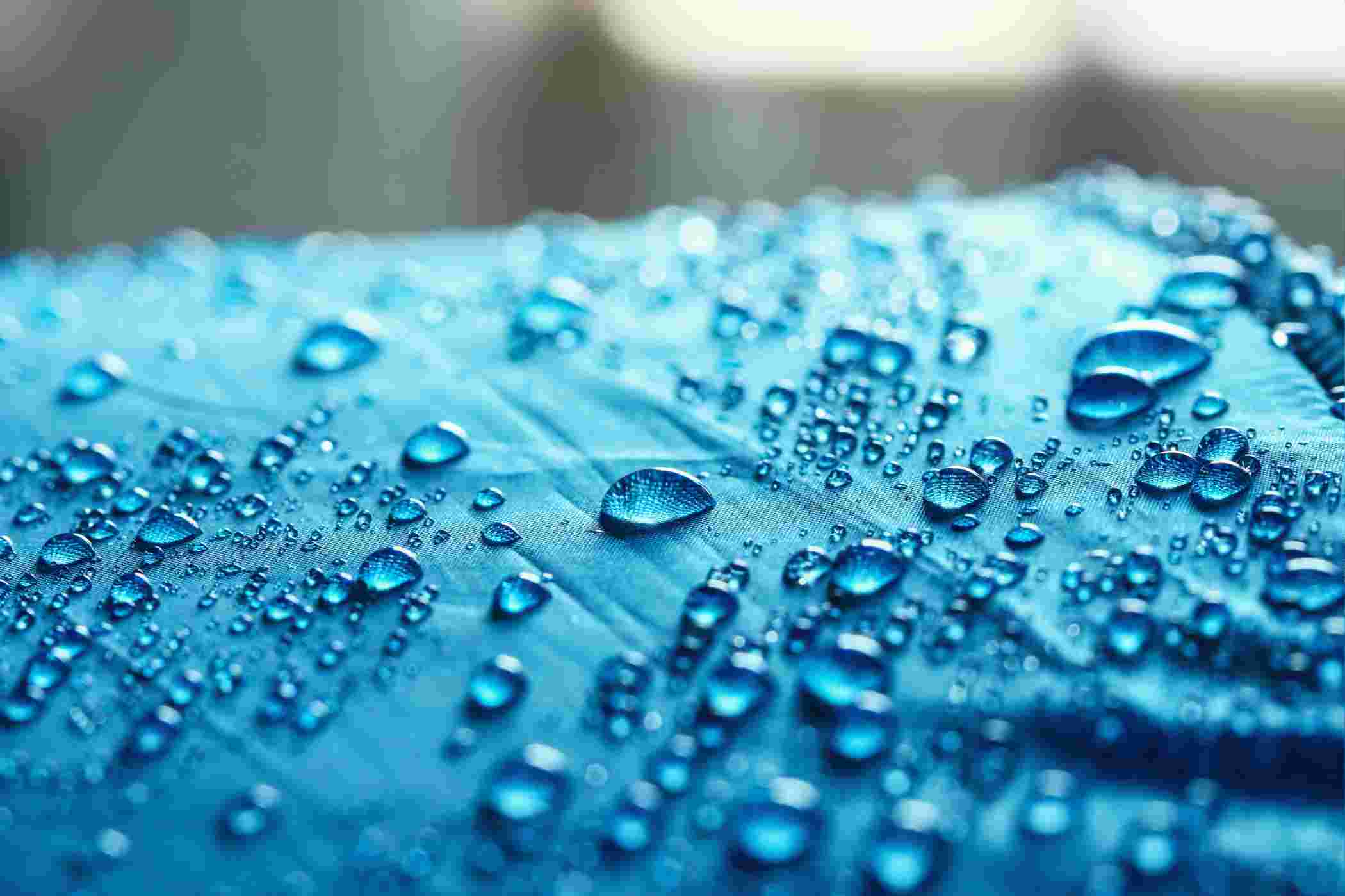Yarn Production and Its Variants

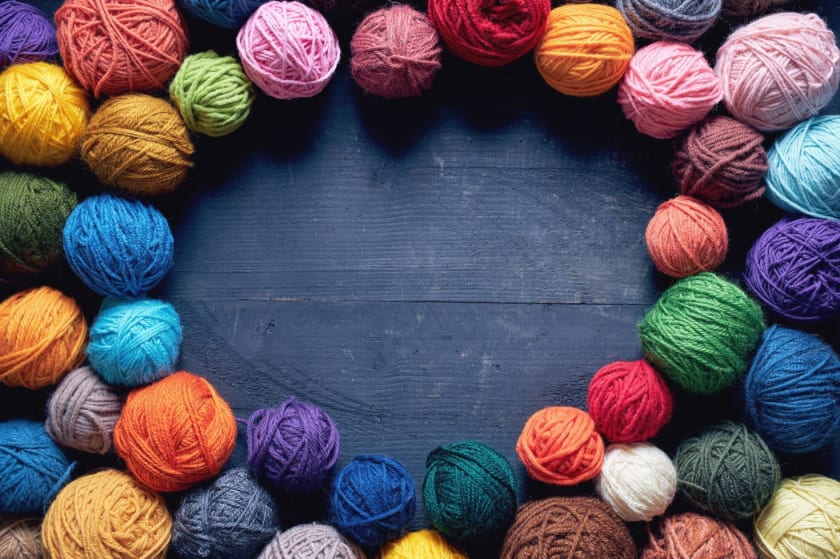

Yarn is a long continuous length of interlocked fibres used to create textiles, embroidery, knitwear, crochet, and for sewing, weaving, and various needlecrafts. In simple words, yarn is a thread used for the production of fabrics and needlecrafts, like embroidery.
Fibre is any material that can be woven into a fabric. Fibres are woven filaments of wool or other material. An individual filament represents a single strand of material. The thread created by winding fibres and filaments together is a type of yarn.
Yarn is made up of twisted strands of various fibres, both synthetic and natural. When these twisted strands are grouped, they are called plies. Typically, these twisted strands of yarn are used to construct interlaced fabrics.
Here is all you need to know about yarn, its variants, types, and how it is produced.
How is yarn produced?
Yarn is made from raw cotton fibres or other materials that can be used to produce textiles, yarn and needlecrafts, and other yarn products.
Yarn is an interlocked string-like fabric made by combining fibres or strings. It is created in a variety of methods. These methods usually depend on the source of the fibres. Natural fibres and filaments come directly from plants, insects, or animals. For example, natural fibres frequently come from cotton plants, silkworms, sheep, goats, and rabbits. There is no human involvement in the creation of natural fibres.
Synthetic fibres are man-made i.e. they are created using machines or they are handmade. Materials such as acrylic, spandex, nylon, polyester, etc are synthetic and created using extruding process. Extruding is a process in which a type of special material known as spinning dope passes through small holes in a machine called a spinneret.
Now let’s understand the various procedures used for creating yarn in detail. Here are the ways yarns are produced.-
Spinning
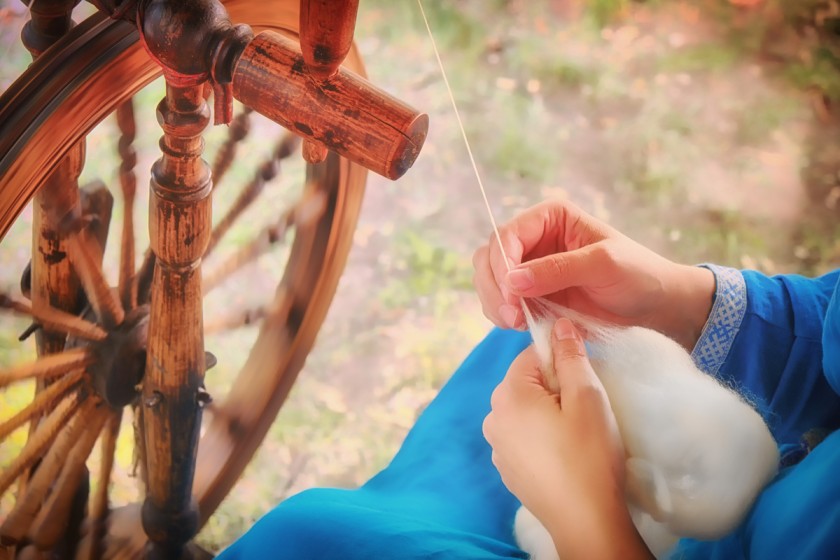
Basically, spinning is the process of drawing fibres out and twisting them together to make a yarn. Weaving cloth from fibres with relatively short lengths requires spinning as a preliminary step.
Modern spinning
In modern spinning, slivers or rovings are fixed into machines with rollers that create longer and thinner strands and spindles that insert the number of twists important to keep the fibres together.
Modern spinning incorporates online measurement of yarn evenness; several spinning machines are linked to a central computer, enabling the operator to monitor the operation from the console. Downtime due to stoppages is computed, and machine efficiency is displayed.
Reeling and throwing
In the reeling process, silk filaments are reeled directly onto a holder after being unwound from the cocoon.
In throwing, several raw silks or synthetic filament strands are combined and twisted together, a yarn with a specific thickness is produced.
Variants of yarns
There are a total of two types of yarn fibres - natural and synthetic. Natural yarn fibres are obtained from plants or animals. There is no human intervention during the creation. Whereas synthetic yarn fibres are created by humans using various processes and machines.
1. Natural yarn
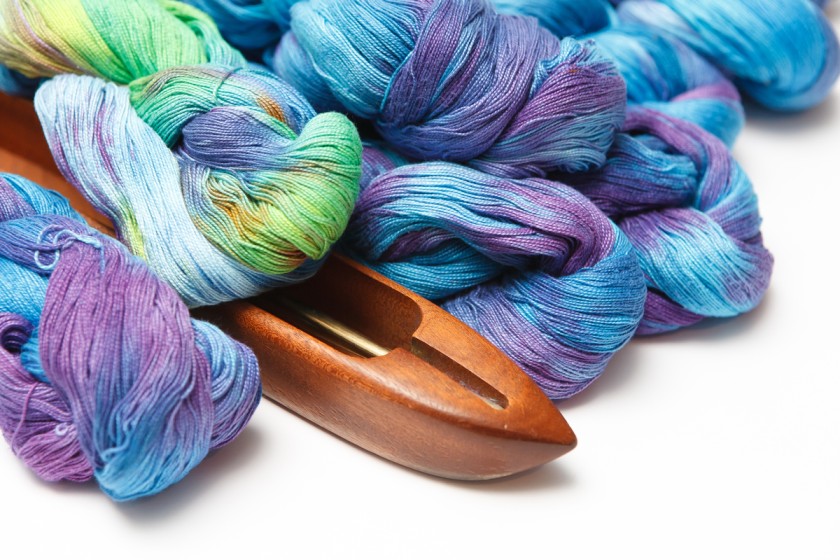
Natural yarns are made from fibres that are available in nature. These are further divided into two types - animal origin and plant origin. Yarn obtained from animals like rabbits, sheep, goats, silkworms, and more are animal-origin yarns. Yarn is obtained from plants, for example - the cotton plant is known as plant origin yarn.
A. Animal origin
Animal origin yarn includes wool, cashmere, silk, and merino.
Wool
Wool is obtained from fleece sheep. You will find wool in most types of knitters. The best quality of wool is that it retains its shape and lasts long. Wool is easy to take care of and it is also stain-resistant.
Cashmere
Cashmere is extracted from cashmere goats. It is not as strong as wool, but it is expensive and the extraction process is tedious because cashmere requires a lot of manual work.
Silk
The strongest natural fibre, silk is extracted from silkworms. It is costly because very little silk can be extracted from a single silkworm. Plus, the process is tedious. Silk is shiny and flowy which also adds to the demand increasing its cost even more.
Merino
Merino wool is obtained from a special sheep called the Merino. This fibre is very soft and is mostly used for making winter wear. This wool also has non-allergic properties.
B. Plant origin
Cotton, bamboo, and hemp are plant-origin yarn fibres.
Cotton
Cotton is extracted from the cotton plants. Cotton is one of the most common and affordable yarn fibres. Cotton plants are farmed in warm climates. This yarn fibre is commonly used to make summer wear.
Bamboo
Bamboo yarn fibre is extracted from bamboo plants. The fabric made using bamboo yarn fibres is flowy and breathable. It has anti-bacterial properties and it is used to make summer wear.
Hemp
Hemp is a relatively new and cheaper yarn fibre extracted from the hemp plants. Fabric made using hemp yarn fibres is utilized to create socks, coats, and sweaters. Hemp is cheaper than cotton because it has more fibre than cotton.
2. Synthetic yarn
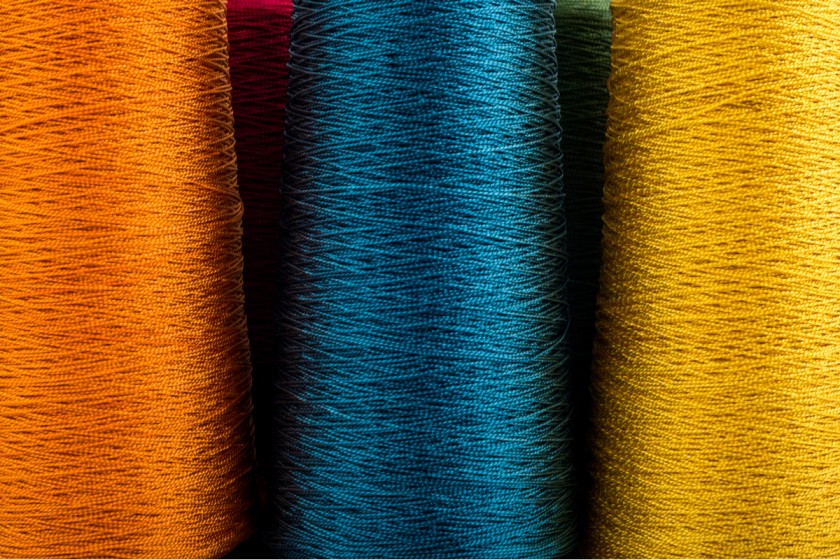
Synthetic yarn is made using various chemicals, natural yarns, machines, and techniques. Synthetic yarn is man-made and the fibres include polyester, novelty, and rayon.
Polyester
Polyester is made by combining chemicals and plant extract. It has many uses. It is used to create various types of garments, linen, mousepads, as well as furniture. Polyester is often mixed with cotton to create a wrinkle-free, shrink-free, and even stronger fabric.
Novelty
Novelty yarn fibres are made by combining starch, cotton threads, and paraffin wax solution. These threads are stretched and polished before making fabric and garments. The fabric made using this novelty yarn are tear-resistant and can be made into various colours and textures.
Rayon
Rayon is made using the pulp of wood. It is breathable, airy, and makes ideal summer wear. It also does not lose its shape easily. Rayon is a semi-synthetic yarn fibre because even though wood pulp is natural many chemicals and machines are used along with wood pulp to create rayon.
Crochet yarn
Most crocheters use the term, ‘crochet yarn’ to describe the very fine cotton thread that can be used to make blankets and other heirloom items. Crafts can be made using this yarn. This includes knitting, crocheting, and other craft projects.
Acrylic yarn
The feel of acrylic is soft, lightweight, and warm, like that of wool. When spun on short-staple equipment, it can also mimic other fibres, such as cotton.
Yarn types are based on the number of strands
Single, ply, cord, and novelty are the yarn types based on the number of strands.
Single yarns
Also known as one-ply yarns, single yarns strands are made of fibres held together by at least a small amount of twists or filaments combined together either with or without twists. Single yarns have multiple short fibres. Single yarns are used a lot in knitting.
Ply yarns
Ply yarns, also known as plied or folded yarns, are twisted together from multiple single fibres. Ply yarns have a good amount of strength and are durable and flexible. Wool and acrylic yarns are commonly plied for hand knitting.
Cord yarns
By twisting ply yarns together, cord yarns are created. The final twist is typically applied in the opposite direction to the twist used in the ply yarns. These are most commonly used for ropes and twines. Cord yarns are used to create heavy industrial fabrics as well as sheer dress fabrics.
Novelty yarns
Novelty yarns are made using a wide variety of yarns. These yarns are made using special effects like slubs. During production, small lumps are intentionally introduced into the yarn structure, and synthetic yarns are woven with varying thicknesses.
Conclusion
Yarn is an interlocked string-like fabric made by combining fibres or strings together. Natural fibres and filaments come directly from plants, insects, or animals. Various processes like spinning, reeling, and throwing are involved in creating yarns. There are also various types of yarns like natural, animal origin, plant origin, and synthetic yarns.
All of these yarns have various uses and have specific qualities. The yarns can also be classified into various types based on the number of strands. They are typically known as single, plied, cord, and novelty yarns. Their uses are decided based on the number of strands they have.
Yarn is packaged in various forms: balls, skeins, and hanks. Yarn that is packed in balls and skeins is ready to be knitted. After you find the end, you can cast on and go. When the yarn is rolled into a loose, oblong-shaped twist, it is known as a skein. When yarn is wrapped in a large circle and then it is folded, then it is known as a hank.
This is all the information you need to know about yarn & Needlecrafts, their production, and types.















